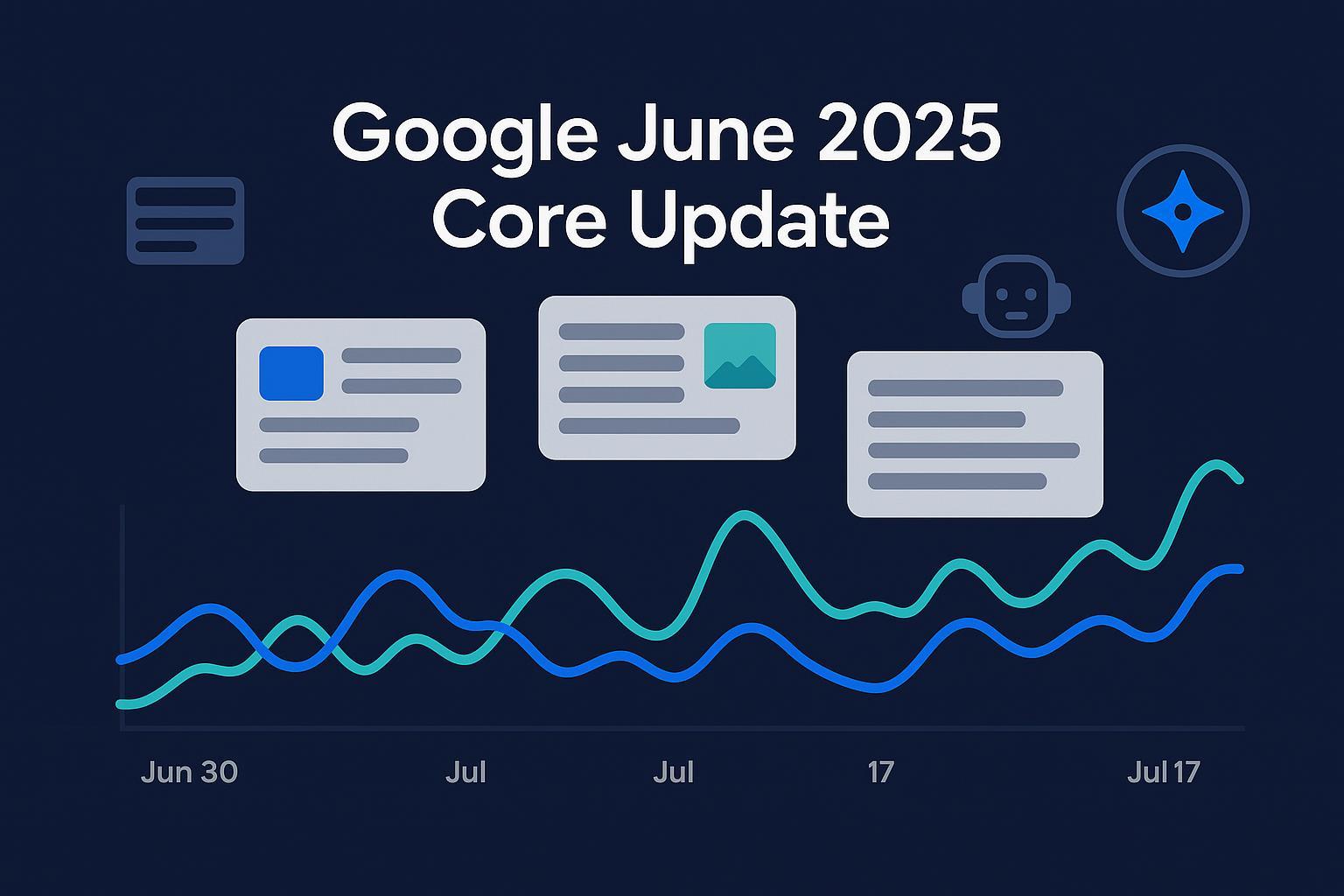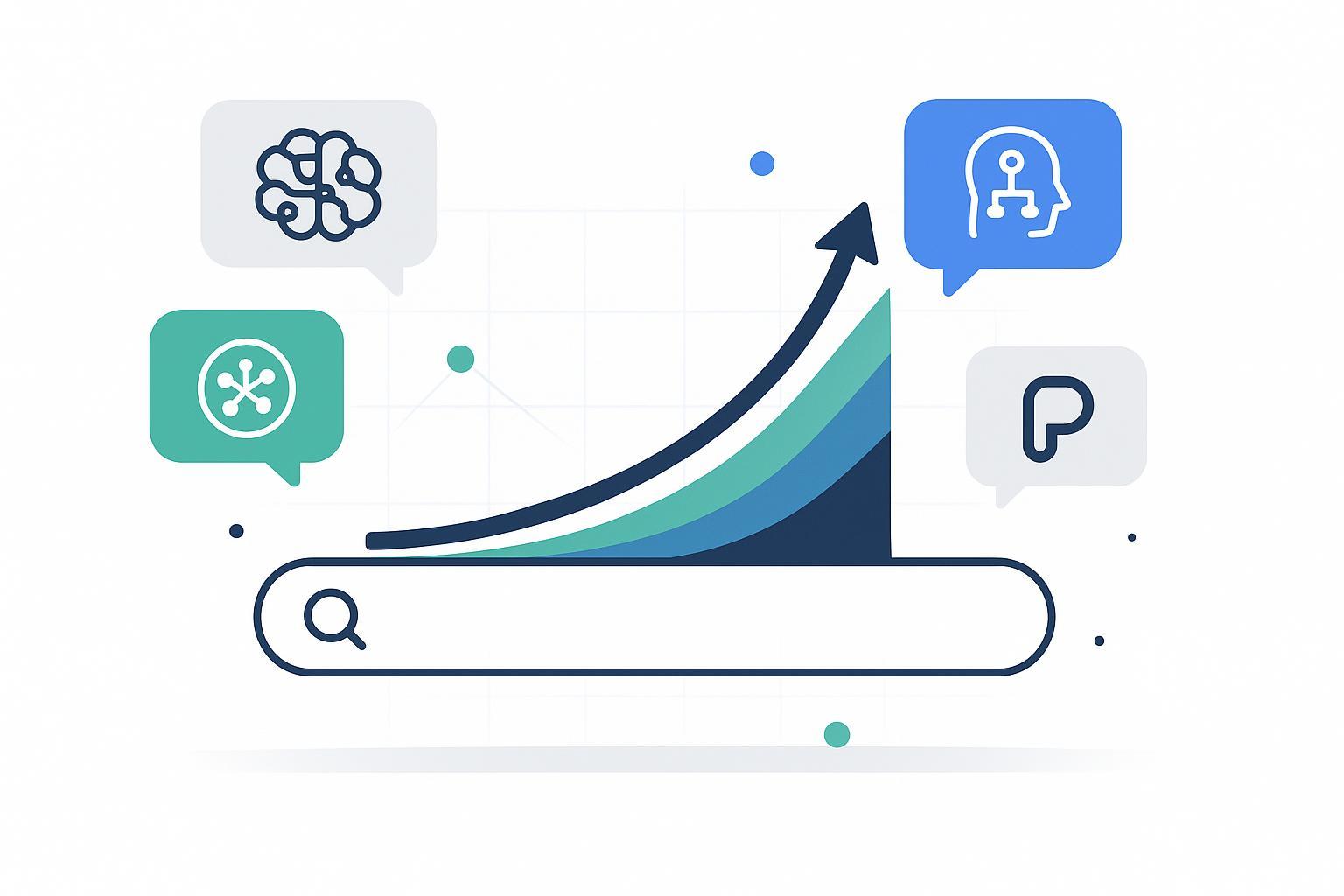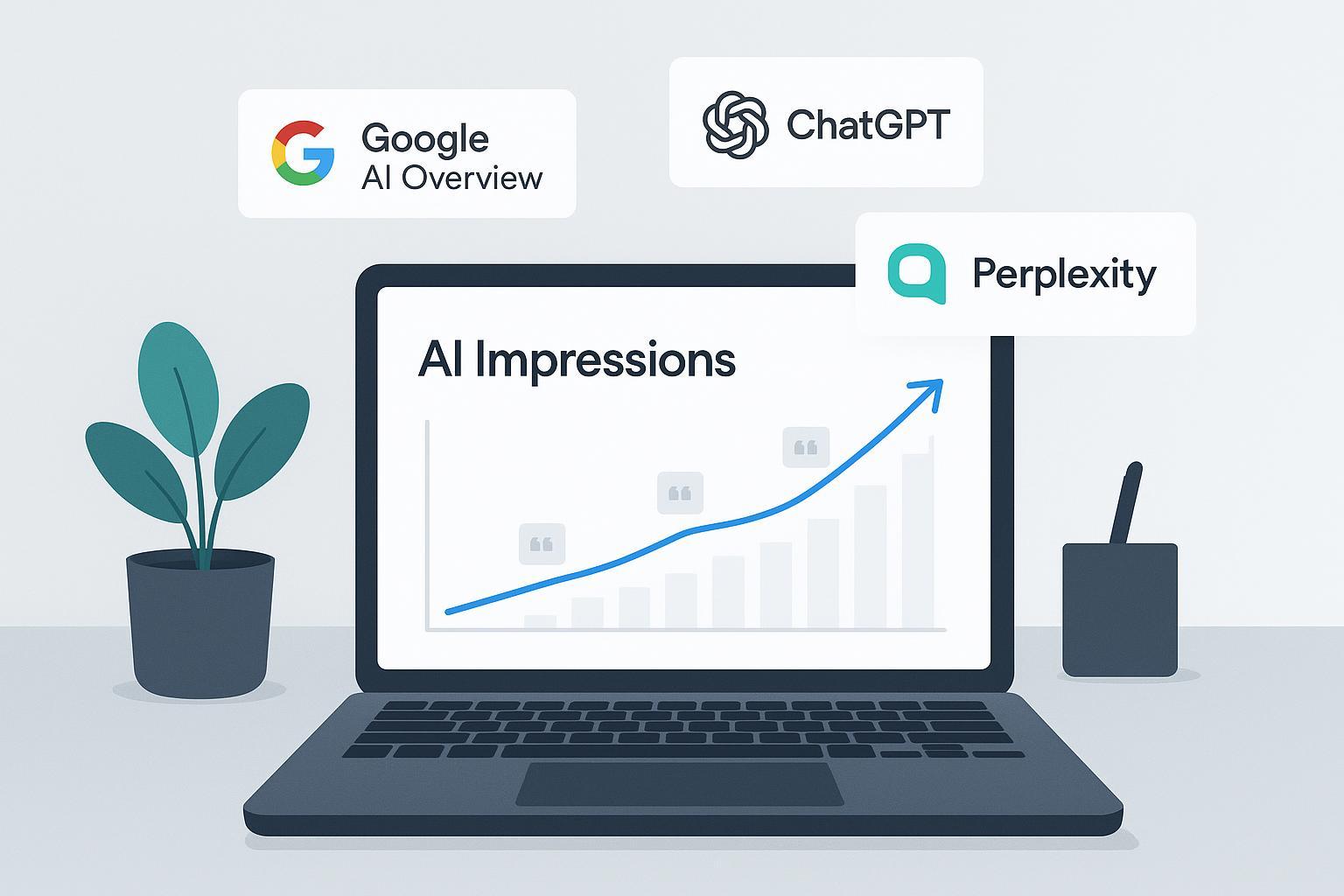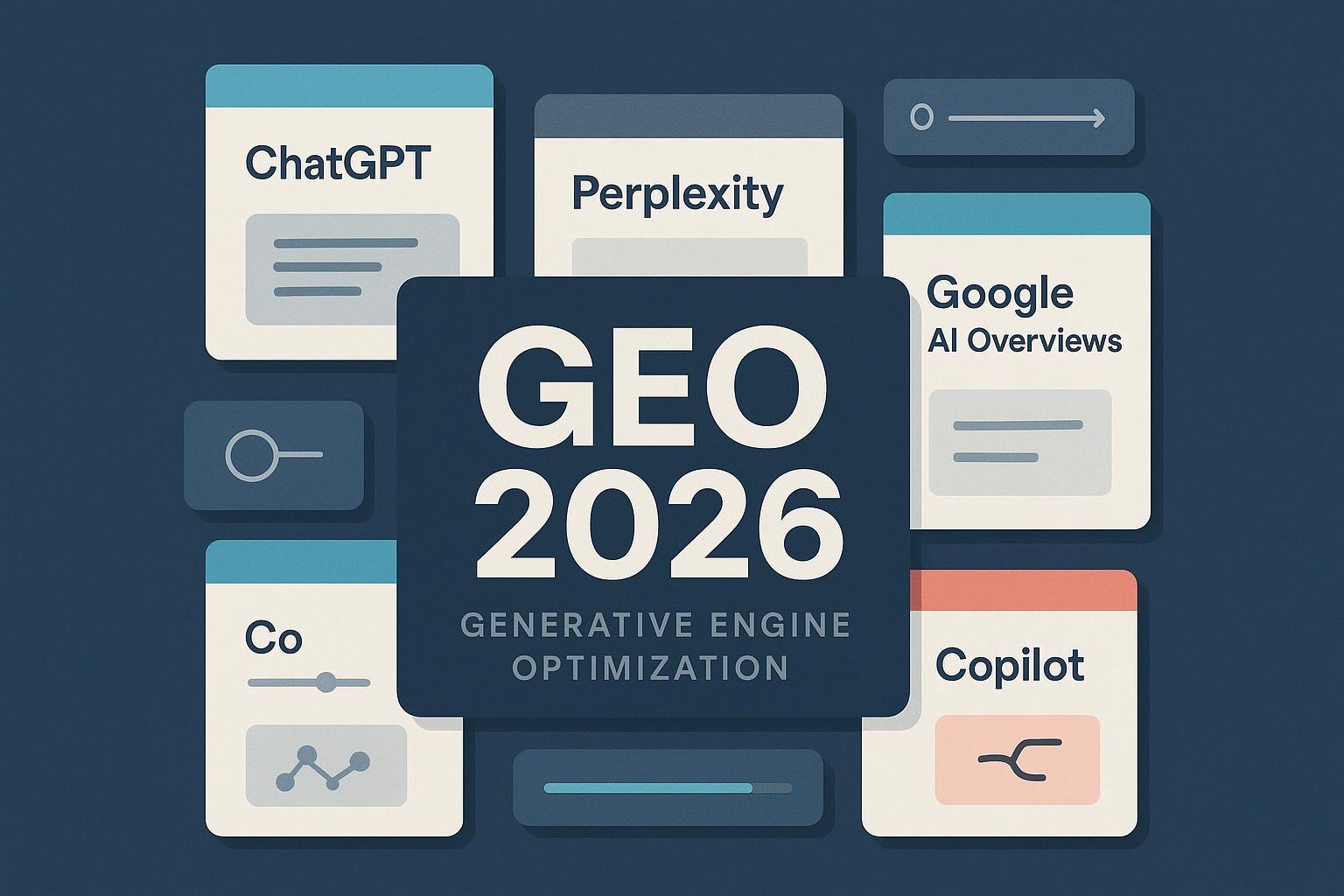Google June 2025 Core Update: 16-Day Recovery & Measurement Guide
The June 2025 Google core update lasted 16 days—see expert recovery checklists, measurement workflows, and sector tips. Get actionable, up-to-date advice—read now.


Updated on: Oct 5, 2025
Mini change‑log
- Jul 17, 2025: Initial guidance published when rollout completed.
- Aug 8, 2025: Added practitioner patterns and recovery notes; clarified limitations.
- Oct 5, 2025: Refreshed with post‑Q3 insights and a reinforced measurement workflow; AI Overviews/Discover context marked as evolving.
What happened in June–July 2025 (quick recap)
Google’s June 2025 broad core update began on June 30 and completed on July 17 after roughly 16 days and 18 hours, according to the official timing on the Google Search Status Dashboard — June 2025 core update incident. Trade press confirmed the timeline and framed it as a recalibration to surface more relevant, satisfying results; see Barry Schwartz’s completion note in Search Engine Land’s rollout is now complete (2025) and the corroborating overview from Search Engine Journal’s completion/analysis (2025).
Google’s standing guidance on broad core updates hasn’t changed materially: there’s no single “fix,” and sites should focus on helpful, reliable, people‑first content, with improvements recognized over time. We’ll translate that into concrete diagnostics and a recovery workflow you can run starting this week.
Why this update matters to creators right now
We’re in the post‑rollout consolidation phase. Volatility has settled compared to early July, but many teams are still parsing Q3 traffic deltas and planning Q4 content. The update reshuffled visibility across sectors and content archetypes, and several practitioners observed partial rebounds for sites previously affected by helpful‑content systems.
For creators, the mandate is twofold:
- Reassess content against real user intent and demonstrable experience (not just keywords).
- Upgrade measurement beyond blue links to include visibility within SERP features and AI‑generated answers.
Patterns and signals: what moved and where
Industry roundups characterized June as “a big update,” with a noticeable mix of winners and losers across verticals. A concise synthesis is in Search Engine Land’s data‑providers recap (2025), which collated vendor observations including sector‑dependent volatility. On the practitioner side, Lily Ray’s team at Amsive’s winners/losers/trends analysis (2025) highlights partial recoveries for some sites hit by earlier systems and improvements for expertise‑forward, original publishers.
Meanwhile, Marie Haynes documented pages that improved post‑update, emphasizing comprehensiveness, clear answers, and credible E‑E‑A‑T signals; see Marie Haynes’s analysis of improved pages (2025). Taken together, these sources suggest that “summary‑only” listicles and thin affiliate roundups faced headwinds, while content with first‑hand expertise, original data, and practical application fared better.
Important caveat: treat claims of “index reductions” or exact percentage swings with caution unless you can validate via primary dashboards. Patterns are real; precise numbers often vary by dataset and methodology.
SERP features, Discover, and AI answers are in flux
Beyond blue links, creators reported fluctuations in featured snippets and Discover traffic during and after the rollout. In mid‑July 2025, Discover began testing AI summaries, raising concerns about downstream traffic for publishers, as covered in TechCrunch’s report on Discover AI summaries (2025). AI Overviews prevalence and behavior continue to vary by query class and are evolving. In this article, we’ll treat feature‑level effects as dynamic and focus on how to measure and adapt.
Your 8‑week recovery playbook
This workflow is built for content leads, editors, and solo creators. It blends classic SEO diagnostics with AI‑answer visibility monitoring.
Weeks 0–2: Diagnostic triage
-
Segment by intent and page type
- Group pages into archetypes: tutorials/how‑tos, investigative or original research, product/category pages, buying guides, listicles/roundups, news updates.
- In GSC, compare impressions vs. average position vs. CTR by archetype and query intent (informational, transactional, navigational). Misattribution is common—position drops aren’t the only cause of traffic loss.
-
Separate branded vs. non‑branded and isolate Discover
- Run side‑by‑side branded/non‑branded query breakouts. Changes in Discover visibility can mask or exaggerate organic trends; analyze Discover separately.
-
Map losses to feature changes
- Annotate where featured snippets, top stories, or video carousels stepped in. If you lost a snippet, evaluate whether your answer is concise, scannable, and aligns with dominant intent while retaining depth.
-
Identify “thin or duplicative” clusters
- Inventory overlapping posts and thin combinatorial pages. Flag candidates for merge/redirect into a single canonical asset.
Weeks 2–8: Remediation that actually moves needles
-
Elevate originality and experience
- Add first‑party elements: experiments, datasets, screenshots, and named SME commentary. Show your work—methods, constraints, and failure modes.
-
Strengthen authorship and sourcing
- Add author bios with relevant credentials. Create “How we know” subsections that cite primary sources and explain methodology.
-
Consolidate and clarify
- Merge duplicative pages into authoritative hubs. Align internal links to a canonical resource per topic; avoid self‑competition.
-
Improve satisfaction signals (without chasing myths)
- Make task completion obvious: headings that match intent, clear steps, fast rendering, and intuitive layout. While not “ranking factors” per se, they correlate with user satisfaction and outcomes.
Measurement that blends SEO with AI‑answer visibility
Blue‑link traffic is only part of the story after June 2025. You also need to understand how your brand and content are cited or summarized inside AI answers across engines. For a primer on the concept and best practices, see our explainer hub on AI‑answer visibility and GEO fundamentals.
Practical workflow example: monitoring AI‑answer visibility after the update
- Track weekly changes in which engines cite you (e.g., ChatGPT, Perplexity, Google’s AI Overviews) and how they describe your brand. Start with a baseline “week 0” snapshot, then compare trendlines.
- Tie changes to your content edits and publication dates—keep a living change‑log and annotate GSC with major updates.
- Use a cross‑engine report to visualize share of voice and sentiment shifts. For instance, this multi‑brand sample shows how visibility can redistribute across platforms: luxury smart watch brands AI visibility (2025 report).
- Tooling example: You can monitor multi‑engine AI‑answer citations, mentions, and sentiment with Geneo. Disclosure: Geneo is our product.
What to look for each week
- Leading indicators: queries regained, featured snippet presence, mentions/citations frequency in AI answers, and sentiment trajectory.
- Lagging outcomes: non‑brand sessions, engaged sessions, newsletter signups, and assisted conversions.
Sector‑specific playbooks
Publishers and media
- Reassess your explainer and “what is” inventory. Consolidate overlapping entries and incorporate original reporting, expert quotes, and updated examples.
- For evergreen hubs, add “as of {month year}” context boxes and cite fresh primary sources where feasible.
- Snippet strategy: create scannable answer blocks with definition → nuance → example, but retain depth below the fold to satisfy readers.
Ecommerce and SaaS
- Buying guides and category pages need specificity: hands‑on testing notes, comparison tables with criteria, and failure‑case guidance (who a product is not for).
- Guard revenue pages by aligning to intent: transactional pages should minimize fluff; link out to deep‑dive guides for evaluative intent rather than bloating product pages.
- Instrument soft conversions (e.g., email capture, “save to list”) to detect demand shifts even when blue‑link clicks are flat.
Independent creators and niche sites
- Prioritize 10–20 highest‑leverage pages by potential impact: a mix of cornerstone guides and posts that credibly reflect your lived experience.
- Add original artifacts: photos, code snippets, field notes, or short demo videos. Show the work behind your conclusions.
- Use a lightweight evidence binder: a shared doc where every claim is mapped to a source, a test, or a measurement snapshot.
The weekly post‑update review routine
Repeat these steps every week for the next 6–8 weeks, then monthly:
- Export and annotate
- Pull GSC query/page exports for top segments; annotate with any content changes, schema updates, or UX fixes.
- Compare against intent
- Eyeball top queries and ask: does my page clearly solve this task? If not, add missing sections or refactor the structure before chasing links.
- Check feature exposure
- Verify snippet readiness (concise answers, structured headings), update FAQ sections if they genuinely help, and ensure video where users expect it.
- Track AI‑answer citations and sentiment
- Review weekly cross‑engine mentions and how your brand is framed. Cross‑reference against your change‑log to understand cause vs. correlation.
- Decide: double down, revise, or retire
- If leading indicators improve, keep investing. If they stagnate, run a content surgery: deeper original insight, SME review, or consolidation.
Fact vs. analysis: keeping the story straight
- Fact (timing): The update ran from June 30 to July 17, about 16 days and 18 hours, per the Google Search Status Dashboard incident page (2025).
- Fact (nature): Industry outlets describe it as a broad recalibration to better surface relevant, satisfying results; see Search Engine Land’s completion coverage (2025) and Search Engine Journal’s analysis (2025).
- Analysis: Winners and losers patterns emphasize original expertise over generic summaries (synthesized from Amsive’s trends (2025) and Marie Haynes’s improved pages (2025)). Treat exact percentages with caution unless you have primary, current dashboards.
- Evolving: Discover and AI answers remain in flux; see context in TechCrunch’s Discover AI summaries report (2025). Revisit this section as Google iterates features.
What to do next
- Choose two segments to fix first (e.g., “how‑tos” and “buying guides”). Ship one meaningful improvement and one consolidation each week for the next month.
- Stand up a simple evidence binder and weekly review ritual; annotate changes so you can attribute outcomes with confidence.
- If you want a single place to monitor cross‑engine AI‑answer citations and sentiment while you work through fixes, Geneo can help as part of that workflow.
If you found this helpful, bookmark it—we’ll continue to update as new evidence emerges and as Google ships follow‑on systems. Stay methodological, stay transparent, and let the data guide your next sprint.





